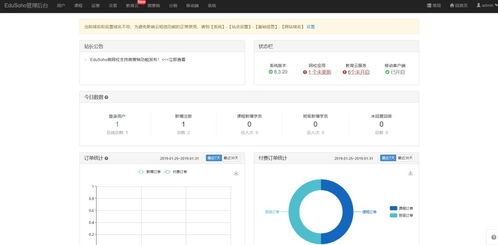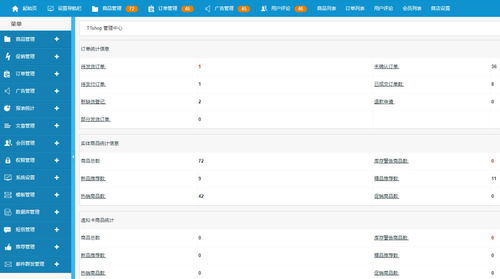
Understanding OMS and CRM: A Comprehensive Guide

As a business owner or manager, you’ve likely come across terms like OMS and CRM. But what do these systems really do, and how do they work together? In this detailed guide, we’ll delve into the intricacies of OMS (Order Management System) and CRM (Customer Relationship Management) to help you understand their significance and how they can benefit your business.
What is OMS?

OMS, or Order Management System, is a software solution designed to streamline and optimize the order management process. It serves as a centralized hub for all order-related activities, from order intake to fulfillment and beyond. Here’s a breakdown of its key features:
| Feature | Description |
|---|---|
| Order Intake | Receiving and processing customer orders from various channels, such as phone, email, or online. |
| Order Processing | Validating orders, checking inventory, and assigning resources to fulfill the order. |
| Order Fulfillment | Executing the order, which may include picking, packing, and shipping the product. |
| Order Tracking | Monitoring the progress of the order and providing real-time updates to the customer. |
| Order Analytics | Generating reports and insights to help businesses make informed decisions. |
What is CRM?

CRM, or Customer Relationship Management, is a strategy and software solution that helps businesses manage interactions with their customers. It focuses on building and maintaining strong relationships with customers to enhance satisfaction and loyalty. Here are the key components of a CRM system:
| Component | Description |
|---|---|
| Customer Data Management | Collecting, organizing, and analyzing customer information, such as contact details, purchase history, and preferences. |
| Sales Automation | Streamlining the sales process by automating tasks like lead generation, opportunity tracking, and sales forecasting. |
| Marketing Automation | Creating and executing targeted marketing campaigns to engage customers and drive conversions. |
| Customer Service and Support | Providing timely and effective customer service to address inquiries, resolve issues, and build trust. |
| Analytics and Reporting | Generating insights and reports to help businesses make data-driven decisions and improve their customer relationships. |
The Relationship Between OMS and CRM
OMS and CRM are two distinct systems, but they are closely connected and often work together to enhance business operations. Here’s how they complement each other:
-
OMS manages the order process, from intake to fulfillment, ensuring that orders are processed efficiently and accurately.
-
CRM focuses on building and maintaining strong relationships with customers, providing personalized experiences and enhancing customer satisfaction.
-
By integrating OMS and CRM, businesses can create a seamless customer experience, from the initial order to post-purchase support.
-
CRM can provide valuable insights into customer preferences and behaviors, which can be used to optimize the OMS process and improve order fulfillment.
Benefits of Integrating OMS and CRM
Integrating OMS and CRM can bring several benefits to your business:
-
Improved customer satisfaction: By providing a seamless and personalized experience, you can enhance customer satisfaction and loyalty.
-
Increased efficiency: Streamlining the order process and automating tasks can save time and reduce errors.
-
Better decision-making: With access to valuable customer data and insights, you can make informed decisions to improve your business.



